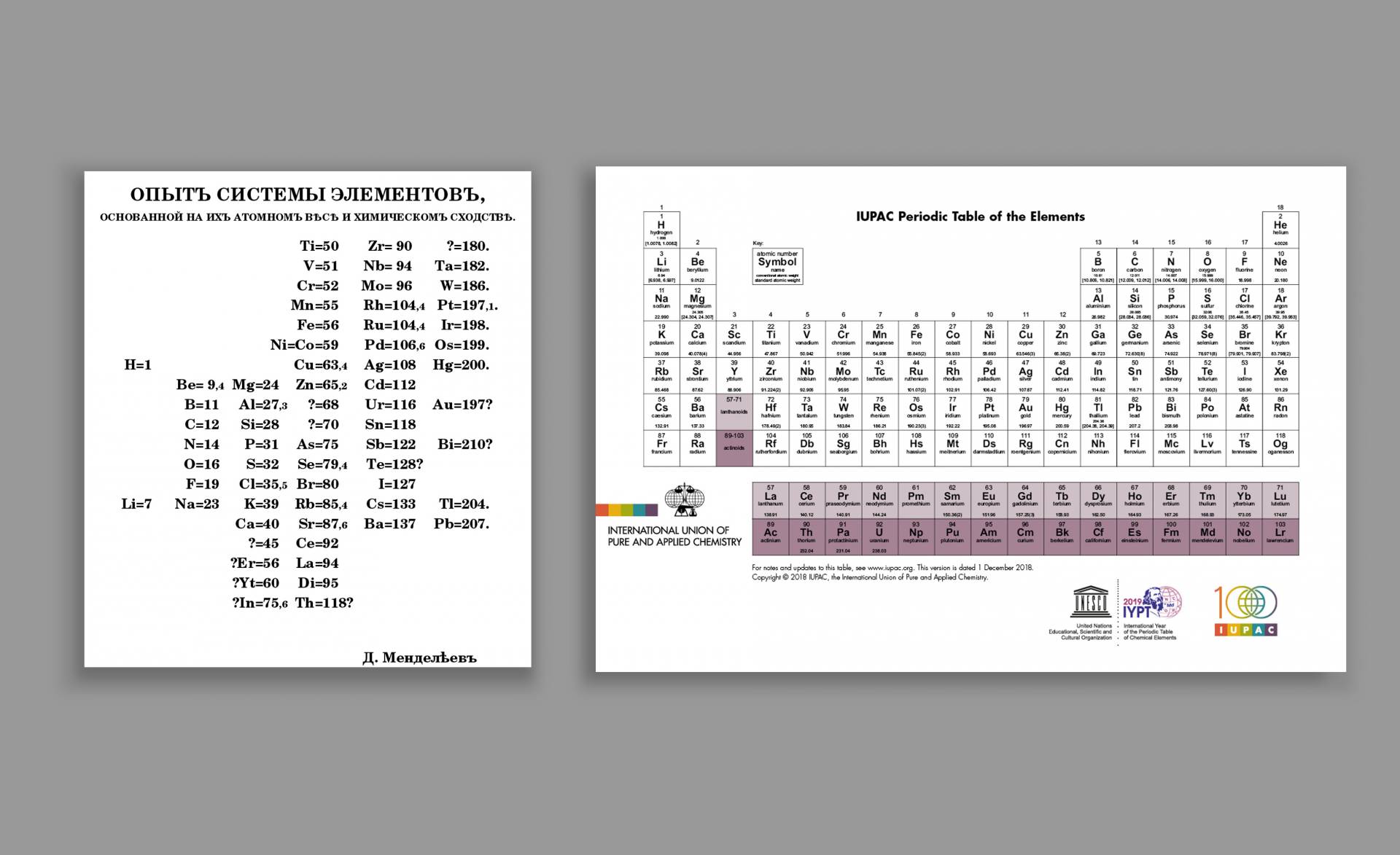Sharp Corp. on Monday released three new models of its RoBoHon humanoid robot with a wider range of use for families and corporate clients.
The new lineup — two walking models and one that remains seated — focuses more on family users with small children, who can experience “life with robots,” the company said during an event in Tokyo.
The number of apps that can be loaded on the robots will gradually increase to 46 from the current 30, the company said.
These include an app that sends an image taken by the robot of a family member returning home to a user’s email address. Users can try real-time monitoring of their homes through the app for an extra monthly charge of ¥300 plus tax.
Another app allows children to program a sequence of speech and movements for the robot, such as having it say hello and then sit down.
Children can learn how to program a series of commands working toward an overall goal, a company official said.
Another app enables users to remotely control home appliances using voice commands, tapping “internet of things” technology.
“We have until now regarded the robot as a partner to individual customers and provided apps and services that would be suitable to them,” Miho Kagei, who heads the product planning department at Sharp’s consumer electronics unit, said during the event. “But from now on, we want to offer them especially to families with children.”
One of the two walking models can tap into mobile phone networks. It carries a pre-tax price tag of ¥180,000. The other walker, which relies on Wi-Fi, is priced at ¥120,000. The seated model sells for ¥79,000.
Users must also pay a monthly fee of ¥980 for each model.
“The prices are not very high considering that the robot can be used by all family members,” said robot designer Tomotaka Takahashi. “I hope the robot will be integrated into our lives.”
For corporate clients, Sharp will add an app that allows the RoBoHon to provide guidance about products and exhibits in stores, showrooms, museums and other facilities. Using another app, the robot can act as a receptionist in Japanese, English, Chinese and Korean.
Pre-orders began Monday at the company’s
Cocoro Store. Sales will start Feb. 27.


